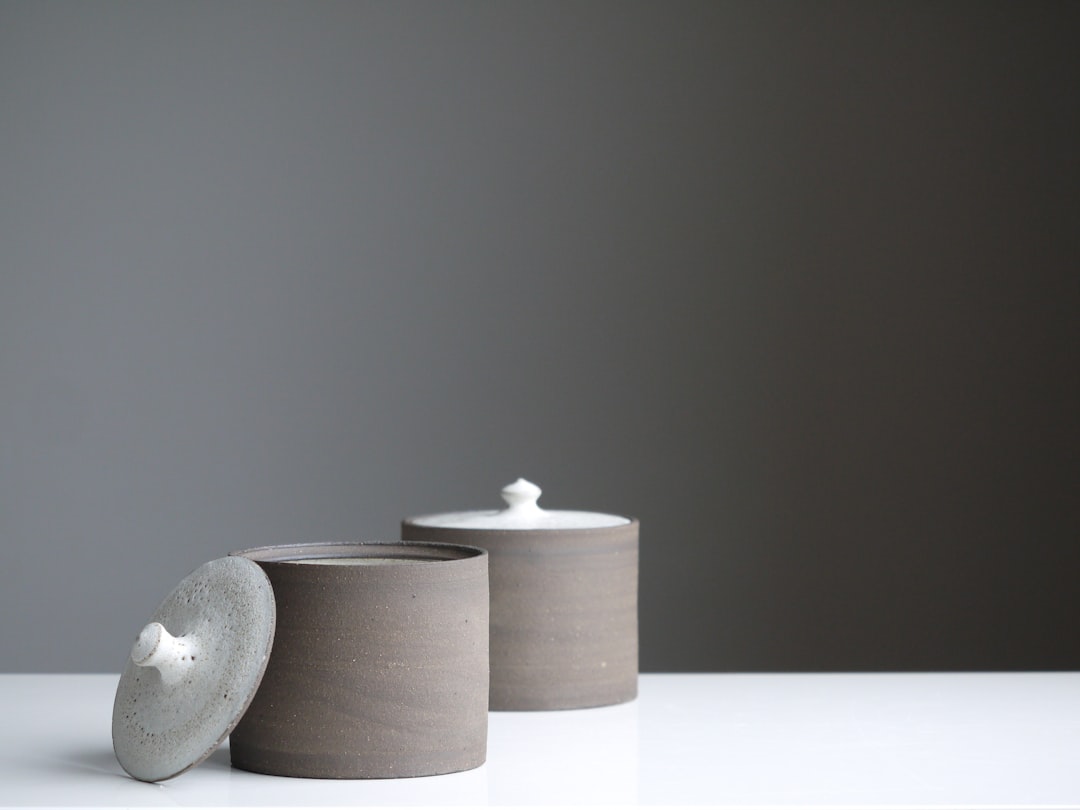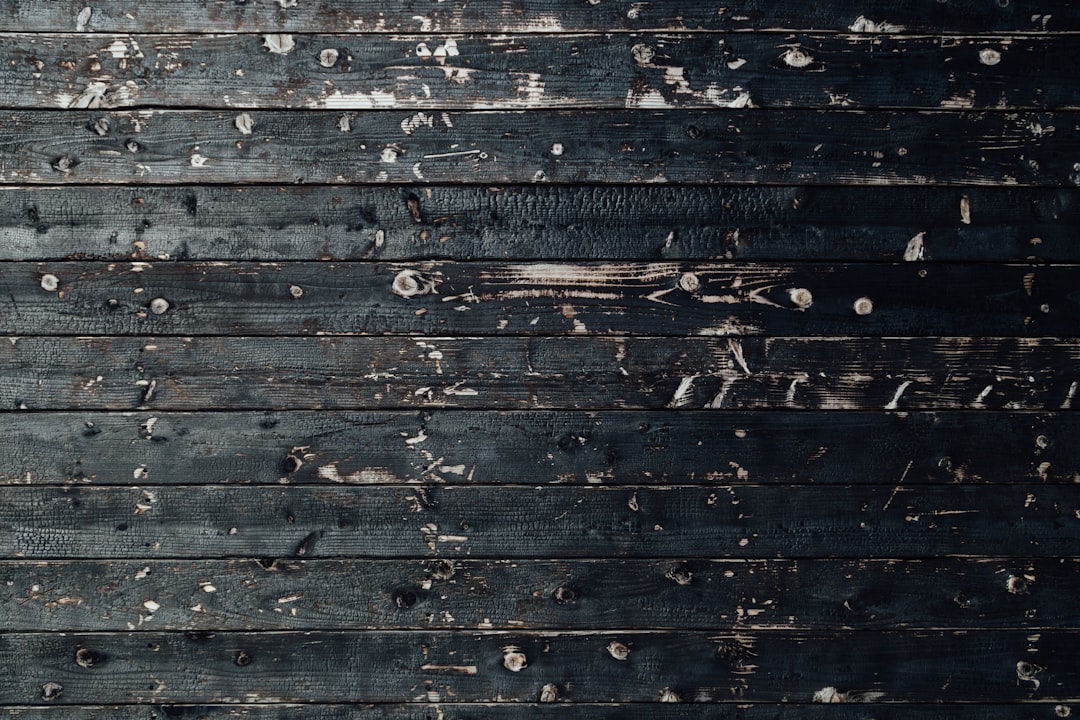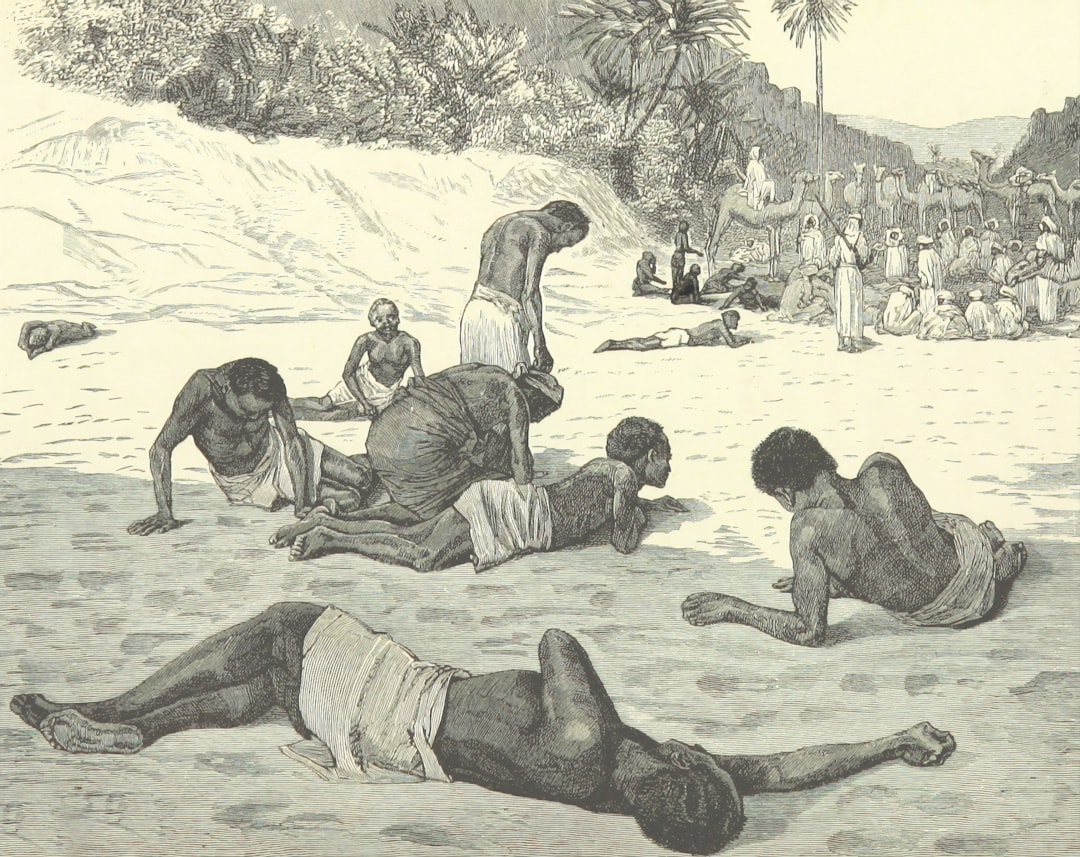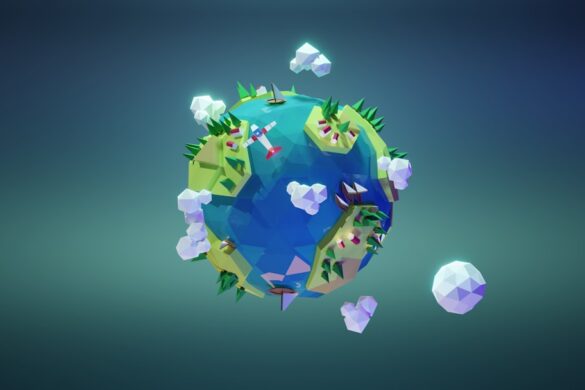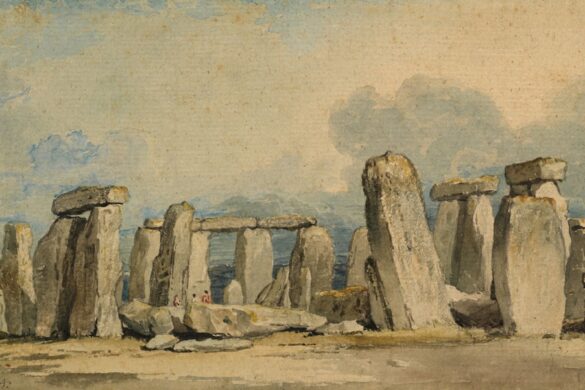Exploring Unique Artistic Treasures of Mexico
Mexico’s artistic landscape is a vibrant tapestry woven from its rich history, diverse cultures, and unique regional influences. Exploring Mexico’s artistic treasures provides an opportunity to experience a range of expressions—each telling its own stories of traditions, struggles, and innovation. In this article, we delve into the colorful world of Mexican art, from its ancient roots to contemporary practices, and how it continues to thrive today.
The Roots of Mexican Art
Mexico’s art history dates back thousands of years, with indigenous civilizations such as the Maya, Aztec, and Olmec laying the foundation for a vibrant cultural expression. Artifacts from these cultures—pottery, sculptures, murals, and textiles—serve as a stunning illustration of their worldviews. For instance, the intricate carvings found in ancient temples highlight not only the craftsmanship but also the spiritual beliefs that guided these civilizations. Exploring these artistic forms provides vital insights into how these societies viewed themselves and their world.
One of the most significant elements of traditional Mexican art is muralism. Artists like Diego Rivera and David Alfaro Siqueiros launched a powerful movement in the early 20th century that merged politics and art, making walls canvases for social messages. Rivera’s murals in the National Palace in Mexico City are essential viewing, showcasing Mexican identity and history. Each brushstroke communicates a narrative of revolution, labor, and a deep appreciation for Mexico’s diverse heritage. They serve not just as decoration but as poignant reminders of societal struggles and aspirations.
Moreover, the folk art of Mexico is equally important, reflecting the country’s regional diversity. Artists utilize natural materials to create stunning pieces that connect communities to their cultural heritage. Notable forms of folk art include Talavera pottery, Oaxacan wood carvings, and textiles from the Huichol and Zapotec cultures. Each item tells a story of tradition, blending functionality with artistic creativity. For example, the Huichol bead art crafted from vibrant beads showcases the spiritual narratives and cosmology of the Huichol people, making it a key cultural artifact.
The Colorful World of Folk Art
In every corner of Mexico, folk art uniquely represents local traditions and customs. These crafts often transcend utility, becoming symbols of cultural pride and artistry. Each piece reflects the environment, materials, and history of the region, inviting exploration and appreciation.
For example, Talavera pottery is famous for its intricate designs and vibrant colors. The city of Puebla, known for its pottery workshops, offers amazing opportunities for travelers to purchase these beautiful ceramics and even participate in workshops to learn the craft. Engaging with local artisans enables visitors to gain deeper insights into the techniques and stories behind each piece, as well as how these traditions are passed down through generations.
Oaxacan artisans create stunning wooden carvings known as alebrijes, colorful fantastical creatures that have gained international acclaim. Tourists can often visit studios in Oaxaca to observe the carving process firsthand. These workshops are immersive experiences where visitors can learn the significance of each creature and even try their hand at creating their own alebrije, further deepening their connection to this captivating art form.
Modern Mexican Art: A Fusion of Tradition and Innovation
As we move into the present, contemporary Mexican artists are redefining what it means to create art. Many have embraced global artistic movements while honoring their roots, creating a unique blend of styles and perspectives. Noted artists such as Frida Kahlo and Rufino Tamayo made significant contributions that resonate today. Their legacy continues to influence the next generation of artists who are exploring complex themes and societal issues through their work.
For instance, Frida Kahlo’s deeply personal and emotively charged paintings reflect not only her struggles but also themes of identity, post-colonialism, and femininity. Her legacy continues to inspire new generations of artists. The iconic self-portraits and vibrant symbolism in her works speak volumes about her individual experience and echo broader themes that many still grapple with today.
Modern galleries in cities like Mexico City and Monterrey highlight contemporary works that engage with social issues, technology, and new mediums. The Museo Jumex and Museo Tamayo are must-visit locations for those interested in experiencing cutting-edge art and installations. These spaces often host lectures, workshops, and events that connect artists with the community, fostering an environment of collaboration and innovation while nurturing local talent.

Visit museums like Museo Jumex to immerse yourself in contemporary art, reflecting Mexico's dynamic culture.
Festivals: Celebrating Art and Culture
The vibrancy of Mexico’s art scene is also apparent in its numerous cultural festivals, celebrating everything from folk traditions to contemporary expressions. These events bring communities together to honor their artistic heritage and showcase the work of both established and emerging artists. Participating in these festivals not only enriches the travel experience but also deepens the appreciation for Mexico’s cultural landscape.
- Day of the Dead: A festival celebrating life and death, showcasing colorful altars adorned with images and offerings, where artists display intricate decorations that honor loved ones. The vibrant papel picado (perforated paper) adds a unique flair to these altars, turning public spaces into galleries of remembrance and celebration.
- La Guelaguetza: Taking place in Oaxaca, this festival showcases folk music, dance, and crafts from diverse indigenous groups, emphasizing artistic collaboration. The festival features traditional clothing, music, and dance performances, fostering a spirit of unity among participating communities.
- Quimera Festival: A relatively new festival in Toluca, featuring street art, photography, and a chance to view local artists at work. This festival breaks traditional barriers by bringing art directly into public spaces, making it accessible to all and inviting interaction.
These festivals not only unveil the artistic prowess of Mexico but also underscore the culture’s communal spirit and sense of shared identity. Engaging with local artists and performers offers visitors a firsthand glimpse into the heart of Mexican culture, showcasing the vibrancy that characterizes this stunning nation.
Your Journey into Mexico’s Art Scene
Traveling through Mexico provides numerous opportunities to appreciate and engage with its art. Whether you’re exploring a local market filled with handcrafted goods or visiting renowned galleries, every experience offers insight into the cultural tapestry that defines this dynamic nation. Art becomes the lens through which we can better understand the complexities and richness of Mexican society.
Consider booking intriguing local tours through Viator for unique art experiences, where local guides can enhance your understanding of the significance behind various artworks. From guided gallery strolls in artsy neighborhoods to workshops with skilled artisans, the possibilities are endless.
Art as a Reflection of Identity
The vibrancy of Mexico’s art offers a glimpse into its diverse identities and complex histories. By immersing yourself in its artistic heritage, you not only learn about the forms and colors that characterize Mexican culture, but you also recognize the profound emotions and narratives these artworks convey. Each piece resonates with the echoes of its creator’s experiences and aspirations.
One striking element of contemporary Mexican artists is their advocacy for social issues ranging from environmental concerns to gender equality, ensuring that their art remains relevant in today’s world. Young Mexican artists are pushing boundaries, experimenting with mixed media and installation art while still drawing inspiration from traditional elements. This dialogue between past and present enriches the art scene, making it a dynamic landscape that is always evolving.
Art represents the soul of Mexico, constantly evolving while honoring its roots.
Conclusion: A Canvas of Possibility
Mexico stands as a canvas where the past and future converge. Whether you’re captivated by folk traditions or inspired by contemporary art, the country’s artistic treasures beckon. They tell of centuries of resilience, cultural exchange, and a profound love for creativity. Don’t miss the opportunity to experience this multifaceted world for yourself—its vibrant colors and powerful messages await.
For a deeper dive into Mexico’s contemporary scene, consider checking out GetYourGuide for gallery tours and art events that allow you to connect with artists and their narratives.
So pack your bags, engage your senses, and let the artistic wonders of Mexico transform your view of this beautiful country. Embrace the opportunity to participate in a cultural journey that invites you to explore the vibrant and diverse expressions of artistry that define this enchanting land.
Related Articles:
Unveiling Mexico: Journey Through its Enigmatic Traditions
Exploring Mexico’s Colorful Festivals: A Vibrant Journey


